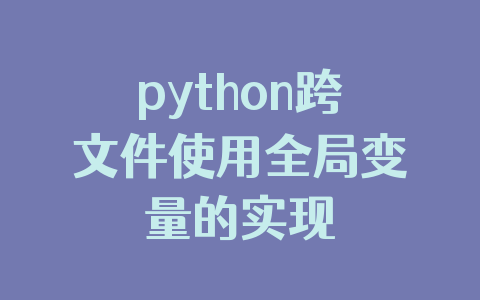表情识别支持7种表情类型,生气、厌恶、恐惧、开心、难过、惊喜、平静等。
实现思路
使用OpenCV识别图片中的脸,在使用keras进行表情识别。
效果预览

实现代码
与《性别识别》相似,本文表情识别也是使用keras实现的,和性别识别相同,型数据使用的是oarriaga/face_classification的,代码如下:
#coding=utf-8
#表情识别
import cv2
from keras.models import load_model
import numpy as np
import chineseText
import datetime
startTime = datetime.datetime.now()
emotion_classifier = load_model(
\'classifier/emotion_models/simple_CNN.530-0.65.hdf5\')
endTime = datetime.datetime.now()
print(endTime - startTime)
emotion_labels = {
0: \'生气\',
1: \'厌恶\',
2: \'恐惧\',
3: \'开心\',
4: \'难过\',
5: \'惊喜\',
6: \'平静\'
}
img = cv2.imread(\"img/emotion/emotion.png\")
face_classifier = cv2.CascadeClassifier(
\"C:\\Python36\\Lib\\site-packages\\opencv-master\\data\\haarcascades\\haarcascade_frontalface_default.xml\"
)
gray = cv2.cvtColor(img, cv2.COLOR_BGR2GRAY)
faces = face_classifier.detectMultiScale(
gray, scaleFactor=1.2, minNeighbors=3, minSize=(40, 40))
color = (255, 0, 0)
for (x, y, w, h) in faces:
gray_face = gray[(y):(y + h), (x):(x + w)]
gray_face = cv2.resize(gray_face, (48, 48))
gray_face = gray_face / 255.0
gray_face = np.expand_dims(gray_face, 0)
gray_face = np.expand_dims(gray_face, -1)
emotion_label_arg = np.argmax(emotion_classifier.predict(gray_face))
emotion = emotion_labels[emotion_label_arg]
cv2.rectangle(img, (x + 10, y + 10), (x + h - 10, y + w - 10),
(255, 255, 255), 2)
img = chineseText.cv2ImgAddText(img, emotion, x + h * 0.3, y, color, 20)
cv2.imshow(\"Image\", img)
cv2.waitKey(0)
cv2.destroyAllWindows()
以上就是python 实现表情识别的详细内容,更多关于python 表情识别的资料请关注自学编程网其它相关文章!













